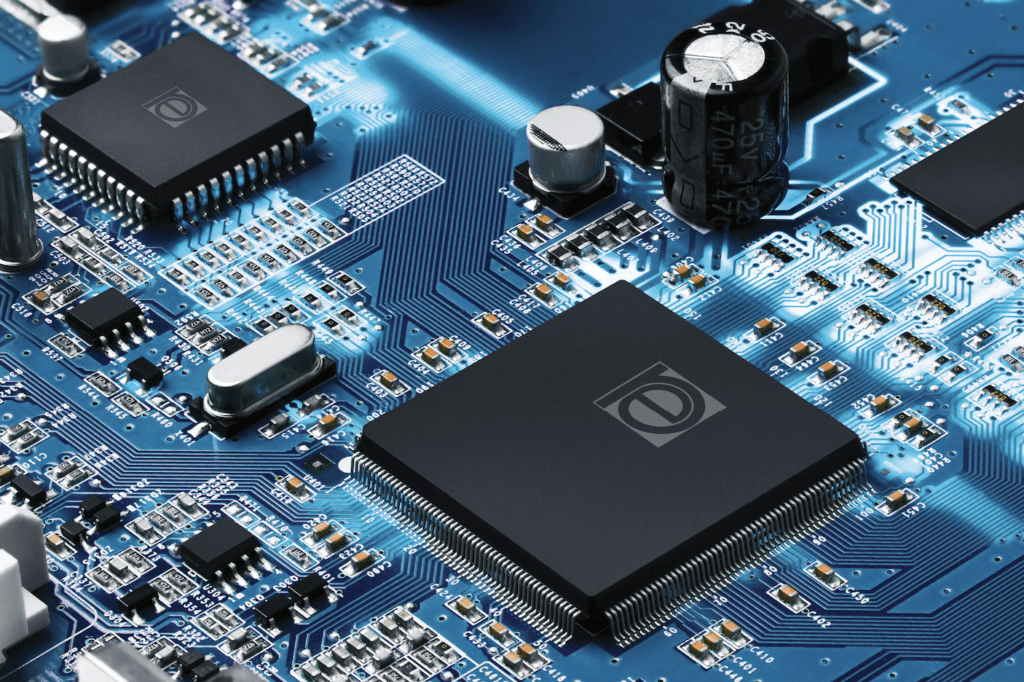Rochester Electronics shares best methods for successfully planning for and minimizing obsolescence costs
1) Obsolescence management begins at design and product definition phases There are stories of products being launched with obsolete components, a particularly relevant issue for customers with lengthy development and qualification cycles. Choosing the right component technology and supplier can dramatically impact long- term availability. Lowest cost sources may not be the best long-term supply choice.
Key questions:
• What is the component’s lifecycle status across the application’s lifetime?
• Are the design’s key components comprehensively documented?
• Can the true design files be retained and archived during the design phase, offering
a chance of rebuilding if
the unexpected happens?
• Does the design contain proprietary intellectual property?
2) Understanding the total costs of obsolescenceIt is important to understand and model costs and risks associated with obsolescence.
Key questions:
• Does the project plan need to include anticipated product refresh or redesign during its life? If yes,
how will it be funded?
• How will the business account for capital locked down in long-term component sourcing?
• What will the component obsolescence impact be
on after-sales service commitments?
• What effect would a shortened product lifecycle have on customers and end-users?
3) Planning for obsolescence and resource management If equipment has long qualification, production or in-service lives, OEMs will face componentobsolescence. Best-in-class organizations devote skilled multi-disciplined workers to obsolescence management. Preventative planning can reduce or eliminate cost and risk.
4) Identify important Product Discontinuation Notices (PDNs) and
monitor them Proactively monitoring component lifecycles is crucial to anticipating problems before they occur. Excellent commercial tools are available which track a component’s lifecycle, lead-times and specification changes. Alerts can be triggered when PDNs are issued.
Key questions:
• Will sub-tier suppliers share their BOMs?
• Do sub-tier suppliers have adequate obsolescence management processes in place?
While many component manufacturers offer proactive component lifecycle management as a service, others are completely
reactive. PDN notifications are typically only aimed at the direct purchasers over the previous two-years.
5) Last-time-buy: what to forecast? Forecasting is not an exact science and forecasts are likely to be inaccurate. It is difficult to anticipate product needs years in advance orpossible market disruptions. Underestimating risks prematurely terminating a product. Overestimating ties up unnecessary capital in stock and excessive storagecosts. If a future redesign is planned to limit LTB costs, the design, requalification and opportunity costs of using engineering resources need to be factored in.
6) Purchase from 100 per cent authorized sources There is a misconception when a component is discontinued, that unauthorized or grey market sources are the only option. The risk-free option of an authorized after-market supplier should always be the first choice.
The risks of counterfeit and poor-quality components from unauthorized sources represent a significant risk to production yields and mean time between failure rates (MTBR) in the field. Inferior or substandard testing by unauthorized third parties provides a false veneer of confidence that authenticity can be tested. This mimicry of testing is a visual, x-ray or poor partial copy of the original manufacturer’s
test processes. Full tri-temp testing is rarely offered and the risk of commercial-grade components being re-marked as industrial, automotive or military is always possible.
Unauthorized component risks include:
• Poor handling: resulting in ESD damage and device destruction.
• Poor storage: excessive heat, cold or moisture during any part of its storage life.
Risks include external lead corrosion, failed solderability, moisture ingress and/or a catastrophic device failure.
• Fake documentation that mimics the original specification or lies about performed tests.
• Recovered, re-marked or repackaged components masquerading as another product.
There are also documented quality problems related to foreign chemicals. Cleaning chemicals used to recover, wash and re-mark used components, slowly migrate into the products, shorting and corroding bond wires and pads. Superficial testing is not guaranteed to find these faults. Recovered components may pass these tests and also survive for a period in service. However, their inevitable failures will destroy MTBR figures, resulting in reduced reliability and damaged reputations.
Original component manufacturers (OCMs) do not provide guarantees for products purchased through unauthorized channels.
Fully authorized distributors, like Rochester Electronics, are compliant with the SAE Aerospace Standard, AS6496. Simply stated, they are authorized by the OCM to provide traceable and guaranteed products with no quality or reliability testing required because the parts are sourced from the OCM.
Providers who are not fully authorized may market themselves as AS6171/4- compliant. While better than no compliance at all, if AS6171/* testing is offered in isolation, this potentially indicates the parts were not sourced directly from the OCM but have only passed AS6171 testing. This merely minimizes but does not eliminate risk.
As a licensed semiconductor manufacturer, Rochester also offers on-going solutions using information and technology transferred directly to Rochester from the OCM. All the resulting product is 100 per cent certified, licensed guaranteed.
Expect and plan for the unexpected. It is important to have partners who can support businesses during unforeseen or unplanned component discontinuations, completely risk-free whenever they occur.

